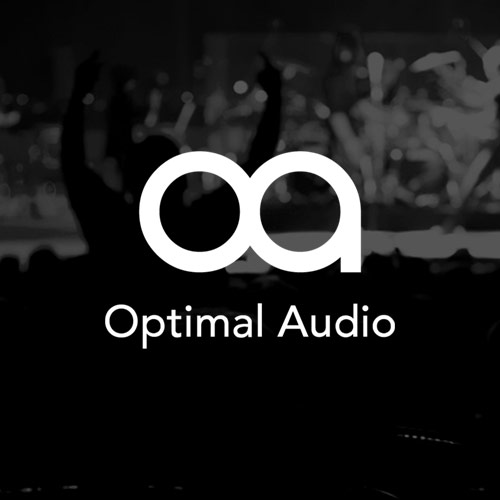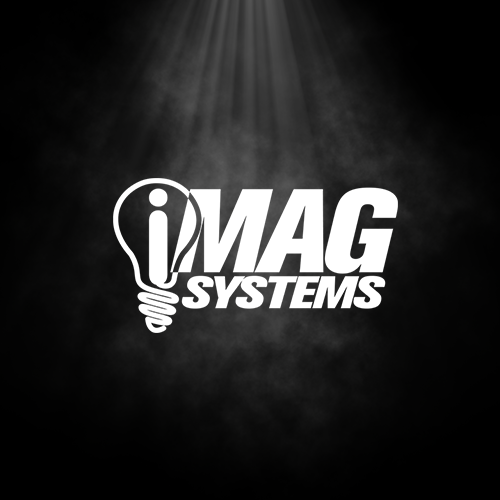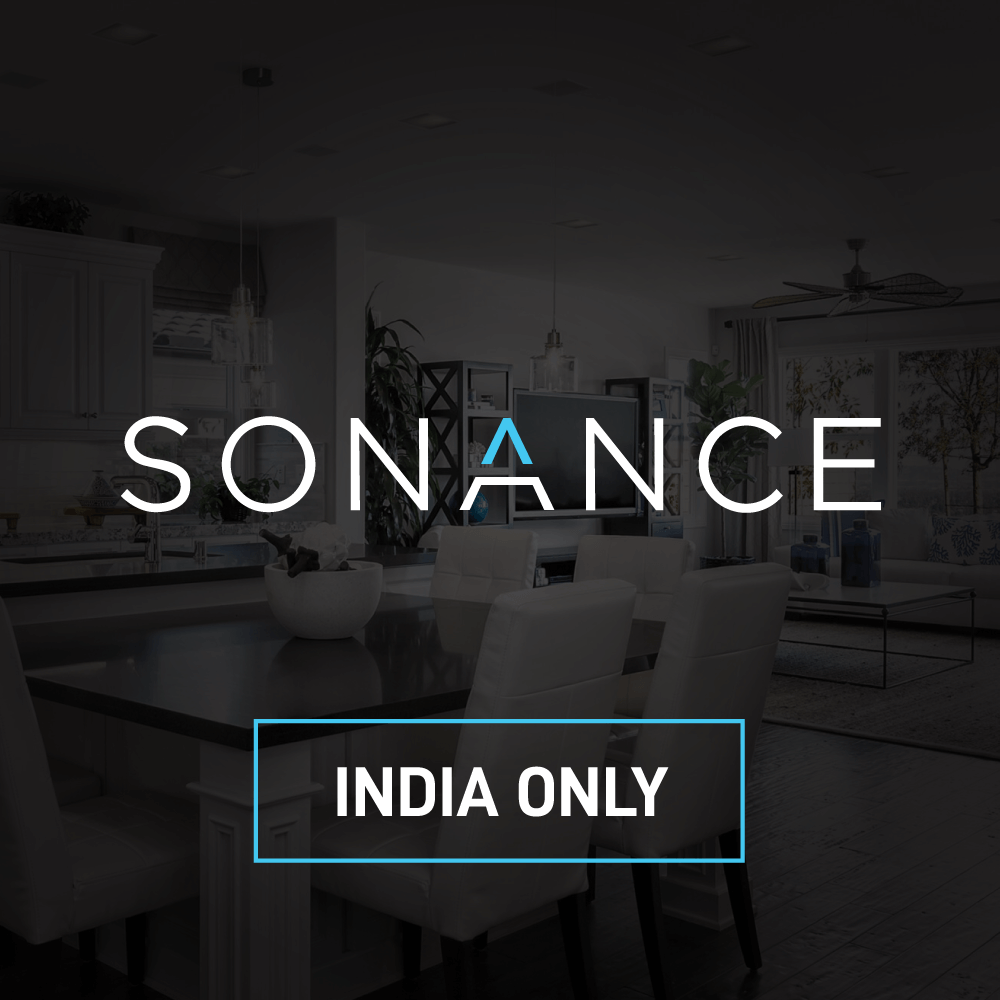In early March, sound designer Simon Honywill used TiMax SoundHub with TiMax TrackerD4 performer stagetracking to spatially enhance an already incredible – and quite unique – immersive performance by the Paraorchestra musical ensemble. The Nature of Why, composed by Will Gregory and choreographed by Caroline Bowditch under the artistic direction of award-winning conductor, Charles Hazelwood, was performed within a 14m circular space on the Lyric Stage at Theatre Royal Plymouth, with 100-120 audience members mingling amongst the players and dancers for each performance.
Though it wasn’t the first performance of The Nature of Why – an interpretation of the famous interview with physicist Richard Feynman which asks in empirical terms why certain physical properties occur, such as magnetic attraction and slippery ice – it was the first time the immersive theatre experience had benefitted from TiMax spatialisation. Simon Honywill described it as, “…categorically, the most mind-blowing spatial audio experience I’ve ever had.”
He explained, “TiMax SoundHub was perfect for the show, especially with TiMax TrackerD4. It added so much to the performance. We realised just how good it was when, in that space full of people, heads turned immediately towards the viola solo at the beginning of the performance. The localisation was so clear and accurate.” Honywill was joined on-site by OutBoard’s Dave Haydon who assisted with TiMax SoundHub and TrackerD4 programming for rehearsals and provided support for the run of the three shows.
Paraorchestra is made up of professional disabled or non-disabled musicians performing a wide repertoire of orchestral music, including new compositions, at venues and locations across the globe. The Nature of Why is one of its most avant-garde productions. Immersive in the theatrical sense, Honywill worked closely with Gregory at the R&D stage of the production’s composition at which point “…a lightbulb moment determined that it needed to take place in a 360-degree space.”
For The Nature of Why, the performance space is defined by a ring of seven flown EM Acoustics R10 speakers supported by four separate sub bass channels, with an 11-piece string section positioned at the downstage point of the circle. A set of drums and two other large percussion rigs form another fixed musical point opposite, with an electronic keyboard as another static, musical fixed point to one side. The rest of the orchestra is almost continuously mobile, comprised of viola, French horn, electric guitarist, electric harp, standard and bass clarinet, double bass and two operatic singers.
Spatialising image definition objects were rendered in TiMax SoundHub for perimeter locations as well as three special bass-heavy zones for the percussion, plus central mono “everywhere” images for vocal and instrumental soloists. The fixed instruments were statically imaged to their actual stage locations, but with some accentuated wide envelopment added to the string section and stereo keyboard images. The roving performers wore TiMax TrackerD4 Tags which continuously morphed their audio images seamlessly between the localisation zones. The marimba – 2 to 3 metres in length – featured multiple tags for the spectacular moment it was physically spun around the stage.
Other sources included stereo reverb returns from the Yamaha CL5 mixing console which TiMax SoundHub spatially mapped independently for separate vocal and band reverbs. An additional series of QLab feeds were mapped onto seven different spatial locations to deliver excerpts from the eponymous interview with rebel physicist, Richard Feynman.
Honywill mixed the show on an iPad from various locations within the action. He said, “It was just stunning – I never imagined it would be as good as it was, TiMax far surpassed my expectations.”
He continued, “This show sounded great before, but the performers often struggled to hear themselves. With TiMax spatialisation, the performers could hear themselves perfectly because the brain can easily and perfectly handle all the sonic information coming from different directions. It’s all clear and precise. It’s just mind blowing and so far ahead of the competition.”
Honywill was so impressed with the audio elevation provided by TiMax that he presented an account of his experience at the spring Martin Audio open days, which featured TiMax demonstrations for the first time.
Click here for original article.











